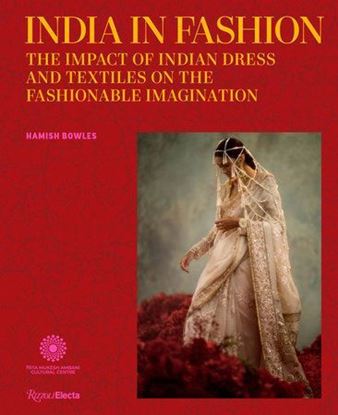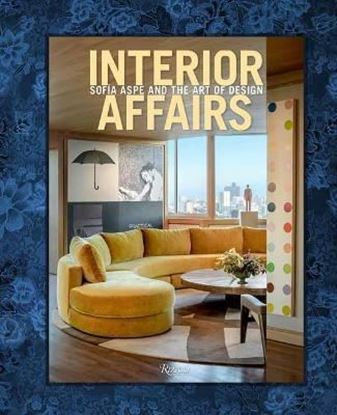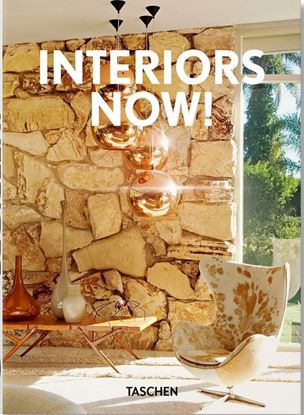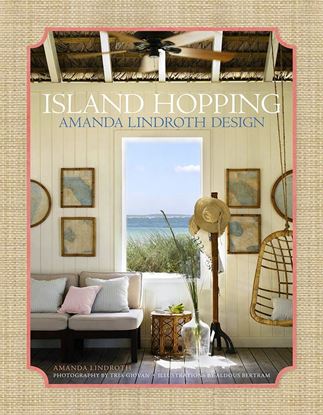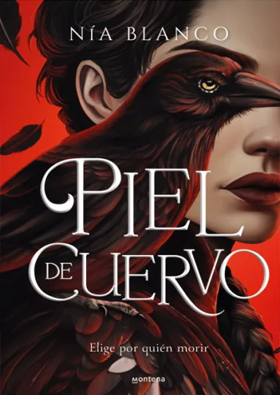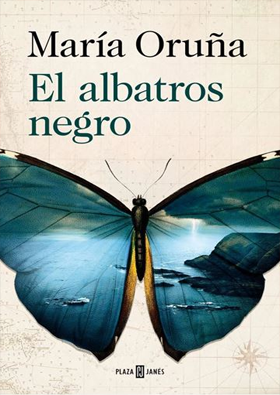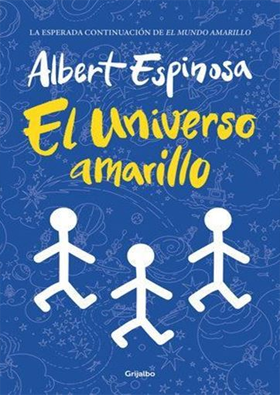

INDIA IN FASHION
India in Fashion explores the beautiful and sophisticated history and aesthetics of traditional Indian fashion, dress, and textiles and their profound impact on European and American fashion from the eighteenth century to today.
This intoxicating and visually rich volume—with texts by experts from India, Europe, and North America—is published to accompany a major exhibition that celebrates the long historical contributions that Indian dress, textiles, and embroidery have had on Western fashion. From the introduction of chintz dressmaking fabrics in the eighteenth century to the early nineteenth-century vogue for light Indian fabrics, paisleys, and chikan embroideries to larger realities of empire and cultural appropriation, this volume features paintings, fashion magazine editorials, and portraits of influential people who championed Indian style throughout history.
3,500
2,800
INTENCIONES EN ARQUITECTURA. HACIA UNA
Este libro apareció originalmente en inglés, fruto de la tesis doctoral del autor. La primera versión española se publicó en 1979 y se reimprimió en 1988. Desde entonces el libro ha estado descatalogado. Esta nueva edición, totalmente revisada y remaquetada con las figuras junto al texto, se publica para celebrar el centenario del nacimiento de Christian Norberg-Schulz.
Los arquitectos siempre se han mostrado bastante reacios a desarrollar una base teórica en su campo, sobre todo a causa del prejuicio de que la teoría acaba con la facultad creadora. En este estudio se intentará demostrar que esa visión es errónea.
El libro se centra principalmente en los aspectos simbólico y lingüístico, y su propósito es desarrollar una teoría integrada de la arquitectura. Para ello se indaga en la descripción y en las intenciones: la descripción, en la medida en que la arquitectura es una ciencia; las intenciones (tanto las del usuario como las del arquitecto), en la medida en que la arquitectura es un arte.
La estructura del libro es seguramente una de las construcciones intelectuales más impresionantes que haya elaborado nunca un arquitecto. Los fundamentos en los que se basa incluyen la psicología de la Gestalt, el mecanismo de la percepción, la teoría de la información, la filosofía analítica (en particular el análisis lingüístico) y la teoría general de los signos y los símbolos. Todos esos conocimientos tienen su lugar y su propósito, ninguno se emplea para lograr un efecto puramente decorativo. Y todos esos enfoques, aparentemente divergentes, se articulan en un plan estrictamente organizado para proponer una teoría de aplicación general, una teoría que abarca los aspectos funcionales, formales y técnicos que, combinados mediante relaciones semánticas, están siempre presentes en la obra de arquitectura, entendida como una totalidad.
1,950
1,560
INTERIOR AFFAIRS
This is the second monograph, and first with Rizzoli, in English dedicated to this prominent Mexican interior designer. Richly illustrated, it captures Aspe s unique and eclectic style, where modern and contemporary unite in a harmonious mixed equilibrium of approaches and eras, generating spaces filled with timeless character. The book s visual narrative provides a comprehensive and intimate view of the designer and her work. Superbly photographed, Aspe s projects are showcased one after another in a bold and innovative design, alternated with brief booklets providing an intimate perspective about the designer and her sources of inspiration. These booklets are further enriched with quotes from the designer about her work, her creative process, and the backstage thinking that leads to the final design outcome. This exquisite book offers a glimpse into the process of Aspe s world of interiors, from the international artists and local artisans she works with, to her country s radiant colours and picturesque charm and her global reach. Reflective of Aspe s exceptional creativity, this beautifully packaged book will feature a cloth cover with a printed textile. This collection of private interiors is a must-have for the curious, admirers of contemporary design, and art collectors.
4,200
3,360
INTERIORS NOW (BU) (40TH ED.) (IEP)
Estas casas, residencias, refugios y estudios de inspiradora diversidad de estilos le sorprenderán y asombrarán sin importar cuáles sean sus preferencias en cuanto a interiorismo, tanto si prefiere una casa de campo de estilo rústico, un moderno loft neoyorkino o un bungalow bohemio. Esta meticulosa aproximación al diseño de interiores contemporáneo reúne proyectos de todo el mundo, de Auckland (Nueva Zelanda) a Aviñón (Francia).
Con cientos de imágenes tomadas por reconocidos fotógrafos de interiores, estos magníficos espacios le ofrecen ideas para la próxima renovación de su vivienda. Muchas de las casas seleccionadas pertenecen a creadores (diseñadores, cineastas y coleccionistas) cuyo talento para combinar a la perfección los diferentes elementos que componen un interior sólo puede definirse como extraordinario. Su forma de conjuntar papel pintado, muebles, tejidos y obras de arte, y de equilibrar cuidadosamente colores, texturas y formas, se convierte en una auténtica expresión artística.
Eclécticos o minimalistas, antiguos o ultramodernos, estos proyectos reúnen lo mejor del interiorismo contemporáneo y muestran las incontables y asombrosas posibilidades del diseño de interiores.
2,300
1,840
ISLAND HOPPING AMANDA LINDROTH DESIGN
White canvas, boldly colored fabrics in solids, stripes, and jaunty prints, rattan and cane seating, whitewashed or colorfully painted English case furniture, canopied beds, straw matting—these are some of the signature ingredients of an Amanda Lindroth interior.
Since she founded her Nassau-based firm in 2010, she has become the go-to designer of island dwellers from Lyford Cay to Antigua, Abaco to Belize, Harbour Island to Palm Beach, and as far north as Great Cranberry Island, Maine. Her airy, relaxed, indoor-outdoor aesthetic is apparent in every one of the twenty-five projects featured here.
With photographs by Tria Giovan, herself an island native, and charming illustrations by Aldous Bertram, who decorated Lindroth’s pied-à-terre in Palm Beach with stunning trompe l’oeil renderings, Island Hopping: Amanda Lindroth Design is the visual equivalent of an island getaway.
4,800
3,840


